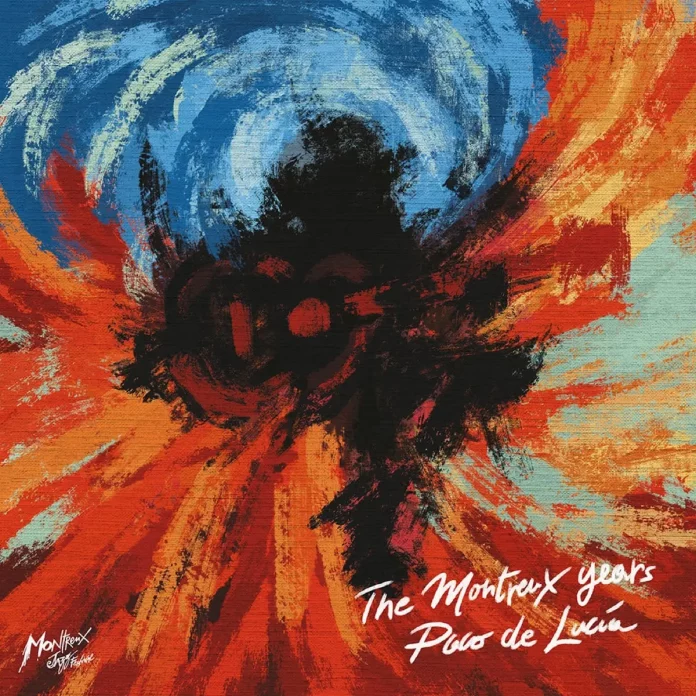Known as Paco de Lucía, he was born Francisco Sánchez Gómez in Spain in 1947. From childhood he displayed exceptional musical talent, teaching himself to play guitar and following the stylistic path lit by legendary Niño Ricardo.
He toured with José Greco’s flamenco troupe and on meeting flamenco guitarist Sabicas, was urged to develop his own style. This coincided with the emergence of “nuevo flamenco”, which melded the traditional form with Latin American music, rock and jazz. Over the following decades, de Lucía was hailed as one of new flamenco’s foremost exponents and became a significant influence on guitarists in many genres, among them Eric Clapton and John McLaughlin.
Noted for his fast fingering and powerful and dramatic style, de Lucía could also play with gentle romanticism. His early recordings with ill-fated singer Camerón de la Isla were highly regarded in his homeland, but it was his albums of the 1980s and later, with artists such as Chick Corea, Al Di Meola, Larry Coryell and especially McLaughlin, that brought international fame.
In his liner notes for this release, McLaughlin observes: “Paco was not only a genius with a guitar but also an exceptional human being. He didn’t read music but I have never met a musician with such an impeccable ear.”
Constantly on display here is de Lucía’s remarkable dexterity, which is underscored by powerful accompanists and, especially on the 1984 tracks, together these musicians impart an often raw urgency. From around 2004, de Lucía cut back on touring, performing only occasionally at festivals in Europe, but as his 2006 playing at Montreux demonstrates, his instrumental skills were still in full flow. The same can be said for his 2012 appearance where his command of his instrument and the manner in which his enthusiasm is communicated to his collaborators results in joyful music. In retrospect, that date is darkened only by the fact that he was to die less than two years later.
This album abounds with examples of Paco de Lucía’s instrumental skills and it is clear why he became such an important figure in the world of music and an influence on guitarists from many if not all genres. Very strongly recommended.
Discography
(3) Vámanos; (2) La Barrosa; (1) Solo Quiero Caminar; Alta Mar; (2) El Tesorillo; (1) Buana Buana King Kong; (3) Variaciones De Minera; (2) Zyryab (76.57)
de Lucía (g) with:
(1) Jorge Pardo (g, v); Ramón de Algeciras, Carlos Rebato (g); Carles Benavent (b); Ruben Dantas (pc); and others. Montreux, 14 July 1984.
(2) Antonio Serrano (kyb, harm, bouzouki); Niño Josele (g); Alain Pérez (b); Israel “El Piraña” Suárez (pc); Diego el Cigala (v); La Tana, Montse Cortés (v, palmas). Montreux, 13 July 2006.
(3) Serrano (kyb, harm); Antonio Sánchez (g); Pérez (b); Suárez (pc); David de Jacoba, Duquende (v); Farruco (dancer). Montreux, 3 July 2012.
BMG 582
















